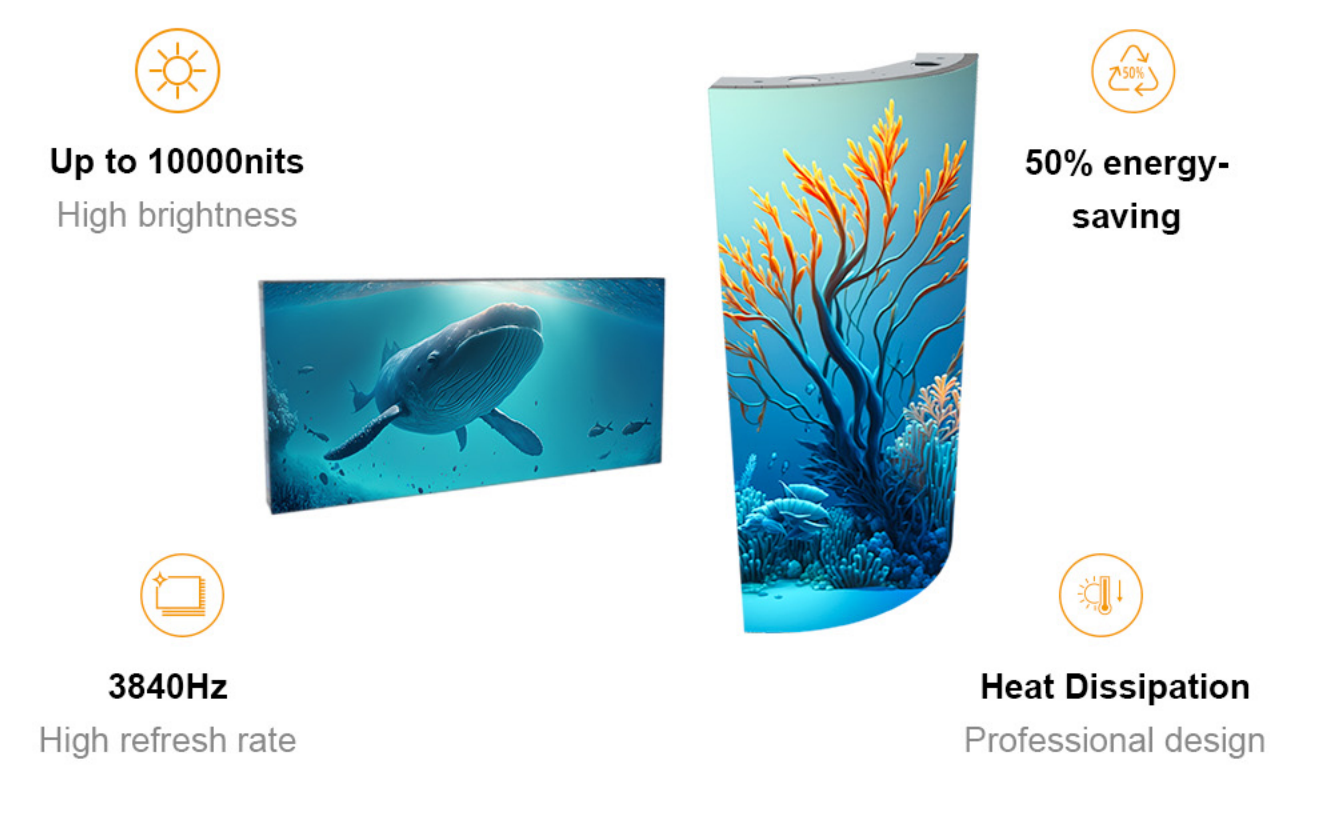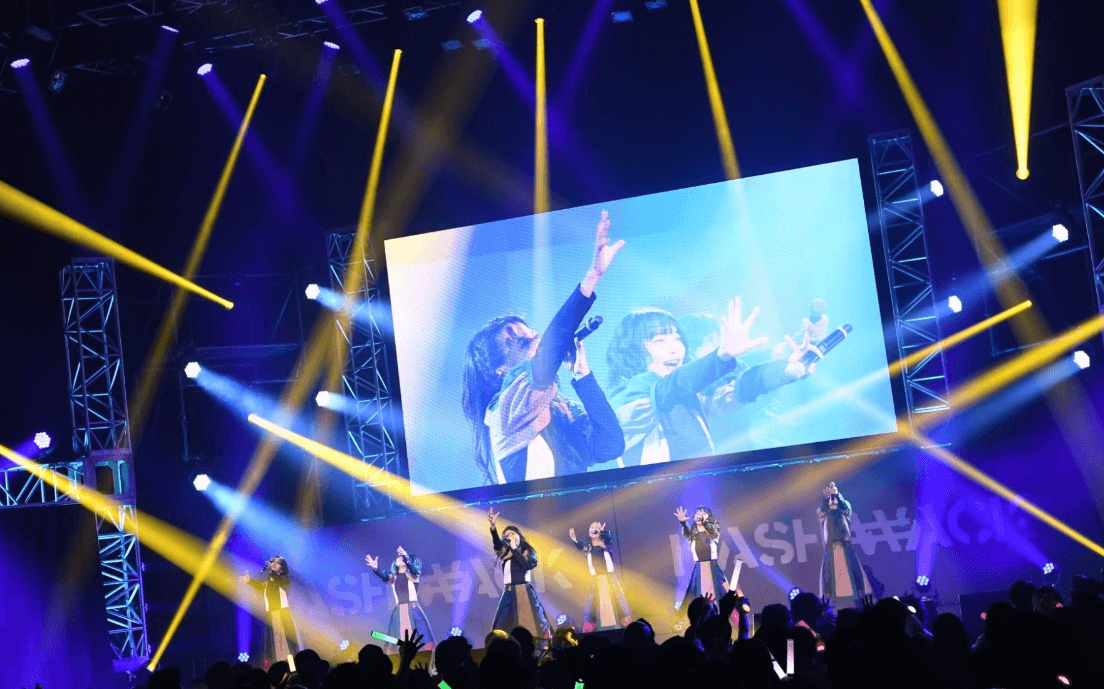Performance requirements for LED electronic displays
 LEDdisplay
LEDdisplay
As an important information dissemination medium, LED electronic display screens are widely used in all walks of life. However, its performance requirements directly affect its stable operation and effective dissemination of information. The following is an overview of the performance requirements of LED electronic displays:
- Luminous body reliability
The quality of the luminous body of the LED electronic display must be reliable and stable to ensure normal operation for a long time. The element ratio of the red and green tubes used and the quality of the integrated circuit device directly affect the working effect of the luminous body. Especially for the photoelectric drive part, the quality of its integrated IC devices is crucial to the stable operation of the display screen. LED displays are divided into single-color, dual-color and full-color types.
- Power quality
The power supply of LED electronic display screen requires a failure rate of less than 1% within 5 years. The quality of the power supply depends on the selection of components and the quality control of the power supply manufacturer. Stable and reliable power supply ensures the long-term normal operation of the LED display. Provide you with LED display power supply purchasing guide.
- Lattice density
The lattice density of LED electronic display screens is divided into two types: ordinary density and high density. Density is related to pixel diameter, the smaller the pixel diameter, the higher the density. When selecting, you need to consider the viewing distance. The closer the viewing environment, the higher the density of the display screen, and the farther the distance, the density can be appropriately reduced. To provide you with knowledge about the pixel density and resolution of LED displays.
- Control method
The control methods of LED electronic displays are diverse, and the appropriate method can be selected according to the application environment and requirements. Common control methods include:
Group display mode: It is suitable for occasions where multiple screens need to be uniformly controlled to display the same content, and unified control is carried out through the host computer.
Infrared remote control type: suitable for occasions where the content is simple and changes infrequently. The slave computer stores the necessary display data and selects the display content through infrared remote control.
Wireless remote control type: It is suitable for occasions where the screen layout is scattered and the distance is far away. Wireless communication is used to communicate between the upper and lower computers, saving wiring costs. Provide you with wireless LED display technology solutions.
The performance requirements of LED electronic displays are directly related to their effectiveness and reliability in practical applications. Only by meeting these performance requirements can LED electronic displays better provide services for information dissemination and display in various industries.
Thank you for watching. I hope we can solve your problems. Sostron is a professional LED display manufacturer. We provide all kinds of displays, display leasing and display solutions around the world. If you want to know: Guide to controlling LED screens with mobile devices. Please click read.
Follow me! Take you to know more about led display knowledge.
Contact us on WhatsApp:https://api.whatsapp.com/send/?phone=8613570218702&text&type=phone_number&app_absent=0
Subscribe to my newsletter
Read articles from LEDdisplay directly inside your inbox. Subscribe to the newsletter, and don't miss out.
Written by

LEDdisplay
LEDdisplay
Sostron is a professional LED display manufacturer. We provide all kinds of displays, display leasing and display solutions around the world.